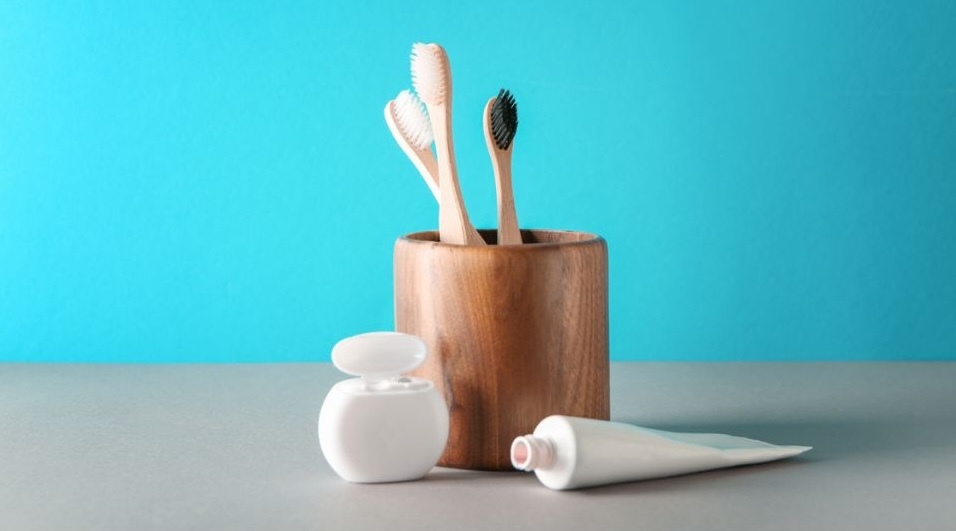Not all root canal treatments are the same. Root canal treatment is one of the most technically challenging procedures that a dentist undertakes. The procedure needs to be done to the highest standards.
Three critical factors influence the outcome of root canal treatments:
- The competence of the dentist
- The anatomy of the tooth
- The immune system of the patient
The holistic dentists at SHDC always consider each patient individually, based on their systemic and oral health.
Why would you need a root canal treatment?
The pulp within a tooth can die because of decay or trauma and become gangrenous. Problems with the pulp may be associated with pain but are often not painful at all.
If left untreated, the presence of bacteria and toxins from the gangrenous pulp of the tooth can result in an abscess, which is an accumulation of pus at the root tip, eventually resulting in the loss of supporting bone around the tooth. On an X-ray of the tooth, this shows up as a shadow, where the healthy bone has become infected tissue.
When the pulp dies, the dead tissue remains inside the tooth because there is no blood supply to fight the bacteria and toxins. Thus, a root canal treatment is needed to clean out inside the tooth. Antiseptic dressings are placed within the tooth and eventually, the canal is filled.
What’s the controversy with root canal treatments?
There are two differing views with regard to root canal treatment (RCT).
The case against root canal treatments:
The long-term presence of bacteria and toxins within a tooth is a challenge to the immune system, and a threat to the health of the patient… replacing the tooth involves a removable denture, a fixed bridge or an implant.
The case for root canal treatments:
If a root canal treatment is done to the highest standards, regeneration of the bone occurs. Any residual bacteria or toxins are minimal and can be effectively dealt with by the immune system. Your tooth is preserved.
The dentists at Sydney Holistic Dental Centre are open to both perspectives and will determine each case individually on whether a root canal can help a particular patient. We also continue to monitor all aspects of oral health while that patient is in our care.
Dentists’ perspective at Sydney Holistic Dental Centre…
“The alternative to root canal treatment is to extract the tooth and thoroughly curette the extraction site. This is standard procedure for all extractions. When a tooth is removed, it should be replaced to maintain the harmony and balance of the teeth and jaw.”
Removing the tooth is more straightforward, technically than root canal treatment. Replacing the missing tooth or teeth have their own potential problems and often may involve more extensive and expensive treatments.”
What happens after you extract a tooth?
After the extraction of a tooth, there are several possible replacements. These include removable partial dentures, fixed bridgework, and dental implants placed in the jaw bone.
Removable partial dentures:
These will need to be removed and cleaned after every meal. There is also an increased risk of periodontal disease, and increased wear and tear on adjacent teeth and gums supporting the denture, and it is not as comfortable as natural teeth.
Fixed bridgework:
This involves putting a dental crown on either side of the missing tooth/teeth. However, there is an increased risk of periodontal disease, and there is a chance of the nerve in the supporting tooth dying.
Dental implants:
Implants are placed in the jaw bone; we then wait for 3-4 months before the abutment and crown are placed. Implants are traditionally made of titanium.
How do we measure the success of root canal treatment?
This is a crucial point to consider. The diagnosis for root canal treatment is assessed by whether the tooth has a vital pulp within it and an X-ray of the tooth which often appears as a shadow at the tip of the root. This indicates a loss of healthy bone and suggests the presence of infection.
In a technically excellent root canal treatment, this generally results in the elimination of the infection and is indicated by the regeneration of healthy bone around the tooth, with the result that the natural tooth is preserved.
If the bone is regenerated and the tooth is comfortable and functional, it is deemed a success. As no part of the mouth is sterile, any remaining bacteria and toxins can be sufficiently dealt with by the patient’s immune system.
The health status of the teeth and mouth need to be regularly monitored as part of any routine dental check-up. Furthermore, although the nerve in the tooth is no longer there, the tooth will be sitting in bone and the periodontal ligament that is very much alive.
However, if the area of infection is NOT resolved (e.g. a 3D/Cone beam X-ray shows unhealthy bone) irrespective of whether there is pain or not, there is the possibility of the patient’s health becoming adversely affected. This can be due to the presence of residual bacteria and toxins, affecting the autonomic nervous system and the immune system.
For more information on the Holistic Dental perspective on Root Canals, please visit:



